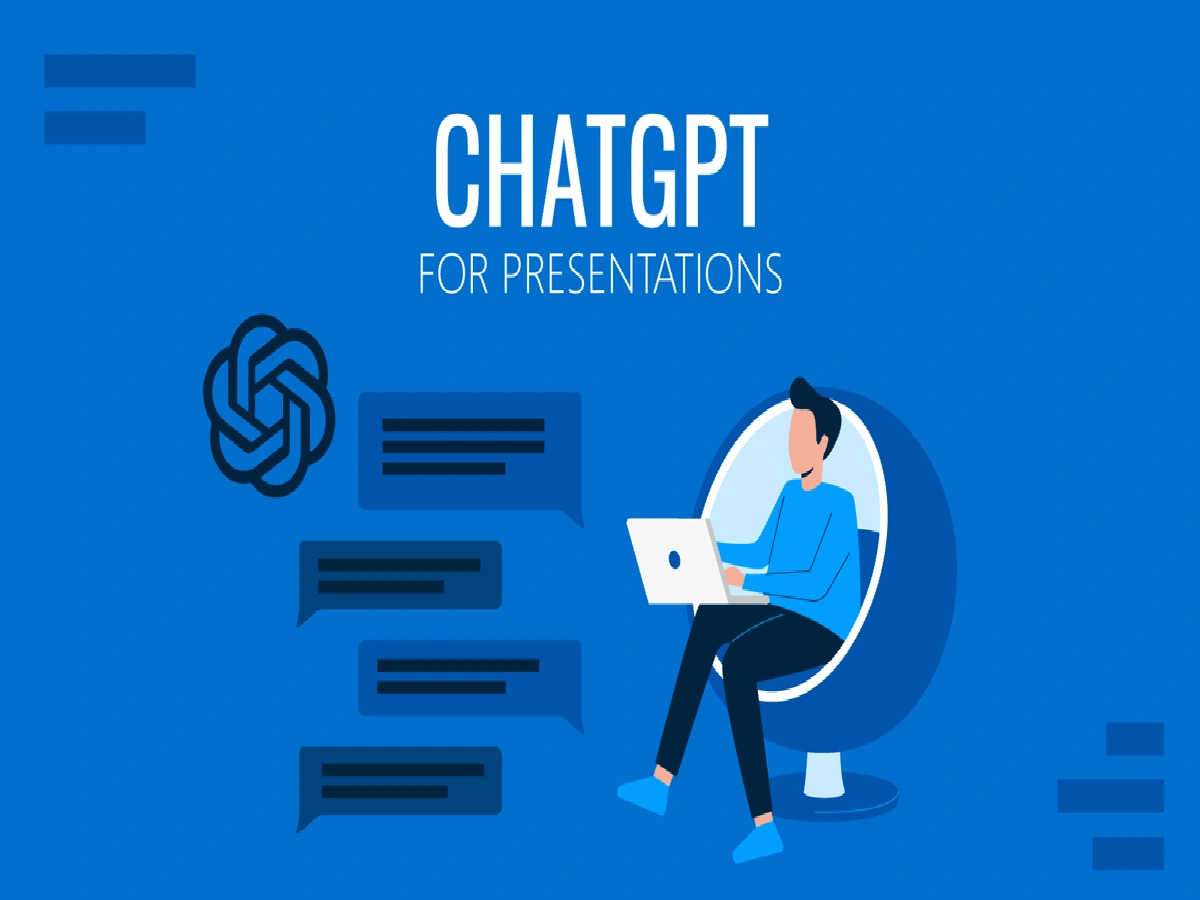OpenAI is currently expanding the capabilities of its chatbot, ChatGPT. Users may now use this generative AI chatbot to answer queries, create code, and perform other activities by giving text or image inputs. However, OpenAI has revealed that ChatGPT will soon be able to process movies and engage with users based on real-time visual inputs.
During a live-streamed event, OpenAI demonstrated its new ChatGPT feature. OpenAI said that ChatGPT would soon be able to recognize objects using a smartphone’s camera and deliver insights based on what it sees, similar to how we seek information by pointing a camera at Google Lens or the recently added Visual Intelligence feature in cameras.
However, according to Bloomberg, the ChatGPT software will be able to see the object pointed out by the user and respond based on what the user is asking. This functionality will be available to paying ChatGPT Plus and Pro members starting this week. The capacity will be provided to enterprise and educational users in January 2025 as part of OpenAI’s goal to integrate advanced AI capabilities into a wide range of industries.
According to reports, the video capabilities revelation is part of OpenAI’s 12-day product launch campaign. These include the launch of a premium ChatGPT Pro membership and an AI video production tool called Sora.
Sora Turbo provides users with a variety of customization possibilities, allowing them to create, remix, and edit videos utilizing personal assets or completely new concepts. It also contains a storyboard interface that allows users to precisely describe frame-by-frame details, as well as a community showcase where users may browse curated feeds to discover trending projects.
However, the implementation is currently geographically restricted. Sora Turbo is currently unavailable in the EU, the United Kingdom, and Switzerland, and is only available to those over the age of 18. ChatGPT Plus members can create up to 50 480p movies each month, whilst Pro users have more options, such as greater resolutions and larger production limits. To meet the different needs of its users, OpenAI wants to create flexible pricing structures next year.

